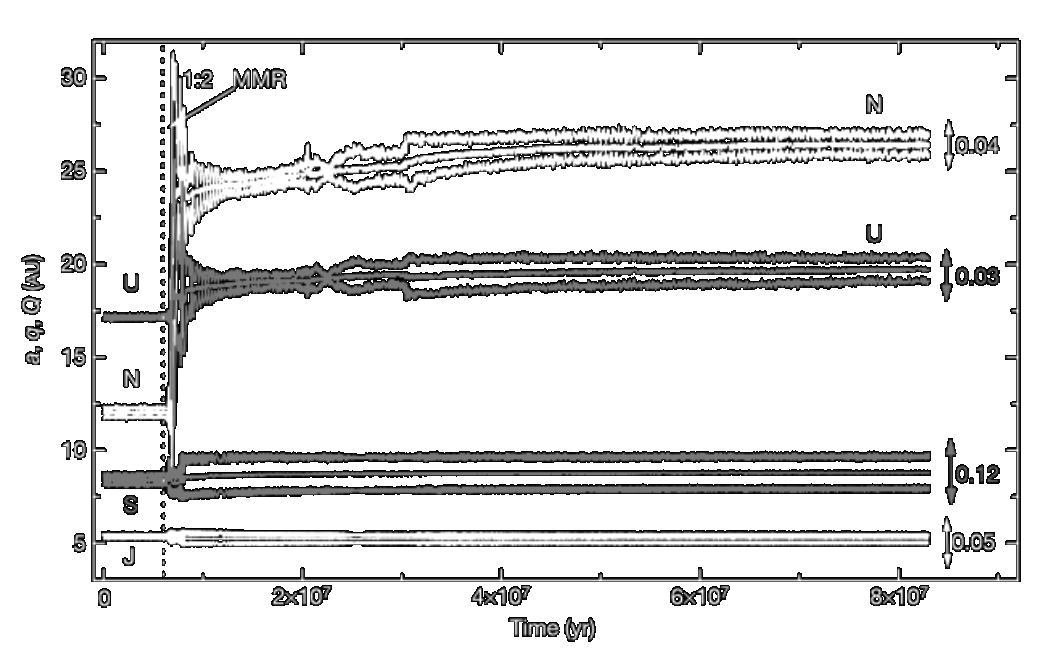The subject of the nature and origins of ultra-luminous X-ray sources (ULXs) remains at the frontier of modern research. Existing data allows to fit a wide range of interpretations, including those based on stellar-mass black holes (sMBHs) and intermediate-mass black holes (IMBHs), accretion-powered pulsars, microquasars, and so on. The research of the ULXs is of cosmological and astrophysical importance, as they may become evidence of the existence of IMBHs that may be intimately connected to the formation of first active galactic nuclei engines at z~6.4. Although more recent research favors ULX interpretation based on stellar origins, the presence of IMBHs cannot be ruled out completely. In particular, hyper-luminous X-ray sources (HLXs), which comprise the brightest subset of the ULXs with X-ray luminosities LX 1041 erg s−1, are considered to be the strongest cases for harboring black holes of that type. This report will overview some of the observations and general properties of ULXs and will serve as an introduction to the discussion on the underlying physical models. In addition to ULX models based on black holes of both types, alternative interpretations will be reviewed. Within the sMBH framework, in particular, the importance of interpreting short timescale variations of ULXs is emphasized as a good diagnostic for revealing the underlying super-Eddington emission mechanisms.
Essay: Ultra-Luminous X-ray Sources: an Overview of Discussion on Their Origins and Nature
